Spiders. Just saying the word is enough to give some people goosebumps, right? But what if I told you these eight-legged wonders are actually some of the most fascinating and seriously helpful creatures on Earth? Maybe it’s time to swap a little bit of that fear for some curiosity. Let’s take a closer look at the world of spiders together. Who knows? By the end, you might even find yourself appreciating them (or at least not running away as fast).
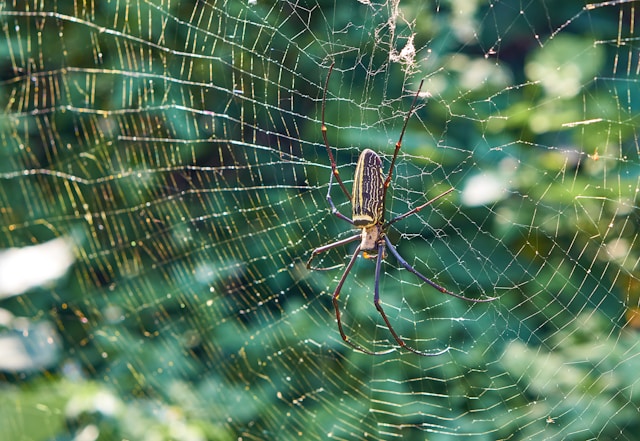
Getting to Know Spiders
Okay, before we can really get into why spiders are so cool, let’s break down what makes a spider a spider. So, spiders belong to this group called arachnids which also includes scorpions, ticks, and mites. Unlike insects (which have three main body parts), spiders only have two:

- Cephalothorax: Weird word, I know! Basically, it’s the head and chest fused into one chunk. This is where you’ll find the brain, venom glands, eyes (usually eight of them!), and where all eight legs are attached.
- Abdomen: This is their softer “back end.” It holds their heart, digestive system, reproductive organs, and spinnerets, the magic silk-spinning organs.
And yes, every spider has eight legs. That’s one of the easiest ways to spot an arachnid. They’ve also got these pincer-like mouthparts called chelicerae with fangs to inject venom (don’t worry, more on that in a bit). Plus, there are pedipalps, think of them like little arm-legs near their mouths that help with sensing things and grabbing food; in males they’re used for mating.
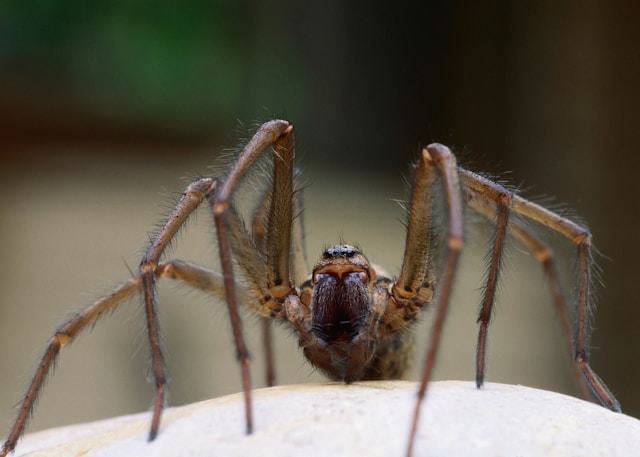
Ever wonder how spiders see the world? Honestly, it depends on the spider! Some (like jumping spiders) have amazing eyesight for hunting. Others barely use their eyes at all and rely more on vibrations or touch.
How To Identify Different Spiders
There are over 50,000 spider species around the globe that sounds wild, but spotting the differences isn’t as hard as you’d think. Here are a few things to look for:
- Size & Shape: Is your spider big and furry like a tarantula? Or tiny and delicate like those cellar spiders in your basement?
- Color & Markings: Any cool patterns or bright colors? Or maybe it blends right into its surroundings?
- Web Type: Does it build webs? Are they neat and circular (like an orb), messy cobwebs in corners, or maybe a funnel-shaped hideout?
- Habitat: Where did you find it, indoors, out in the garden, near water?
Meet Some Common North American Spiders
Let’s put some names to those webs you see every day:
- Orb-weaver Spiders (Family Araneidae): These are your classic web artists, those perfect circular webs in gardens belong to them! Look out for the yellow garden spider; it’s pretty striking.
- Jumping Spiders (Family Salticidae): Tiny acrobats with big eyes, they don’t use webs to catch prey but leap on unsuspecting bugs instead.
- Wolf Spiders (Family Lycosidae): Ground hunters that chase down their meals usually brown or grey and sometimes pretty big! Fun fact: mom wolf spiders carry babies on their backs.
- Cellar Spiders (Family Pholcidae): Also called “daddy long-legs” (not to be confused with harvestmen). Super long legs and messy webs tucked away in corners or basements.
- Grass Spiders/Funnel Weavers (Family Agelenidae): Flat sheet-like webs with a funnel retreat, they love lawns and shrubs.

Spotting Common House Spiders
Got a spider indoors? Here’s who might be hanging out:
- American House Spider: Brownish-grey with mottled patterns; they build tangled webs under furniture or in room corners.
- Cellar Spider: Yep, those thin-legged ones again!
- Jumping Spiders: Sometimes come inside hunting for snacks by windowsills.
Most indoor spiders aren’t dangerous at all, in fact, they’re doing you a favor by eating other pests!
Venomous vs Non-Venomous:
This is where most people start worrying but here’s the thing: almost all spiders have venom because that’s how they catch dinner. But when folks say “venomous spider,” they usually mean ones that can actually hurt humans.
Good news? There are just two main types in North America that can cause serious reactions:
- Black Widow Spiders: Shiny black with a red hourglass shape on their belly. Their bite can cause muscle pain or nausea but rarely anything worse if treated quickly.
- Brown Recluse Spiders: Light brown with sort of a violin shape on their back (it can be tough to spot). Their bites can cause skin problems but these spiders would rather hide than bite.
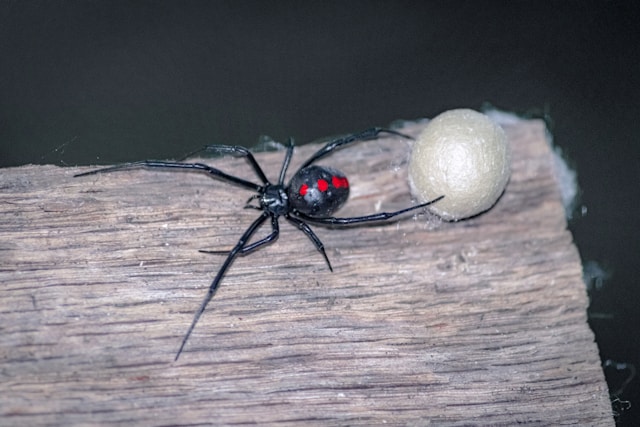
Honestly? Most spider bites feel about like bee stings and bites are rare since spiders avoid us whenever possible.
Understanding Spider Behavior: More Than Just Webs
Spiders aren’t just sitting around waiting for food, they’re way more active than people think!
Decoding Spider Web Patterns
Spider silk is incredible stuff and each type of web tells its own story:
- Orb Webs: Classic round webs made by orb-weavers, perfect for catching flying bugs.
- Cobwebs/Tangled Webs: Messy 3D webs from house or cellar spiders; great for snaring crawling insects.
- Funnel Webs: Flat sheets with a tunnel retreat; grass spiders love these.
- Sheet Webs/Triangle Webs: Some spin flat sheets across plants or even triangular sections!
- No Web At All: Not all spiders use webs to hunt, wolf and jumping spiders chase down prey; trapdoor spiders ambush from hidden burrows.
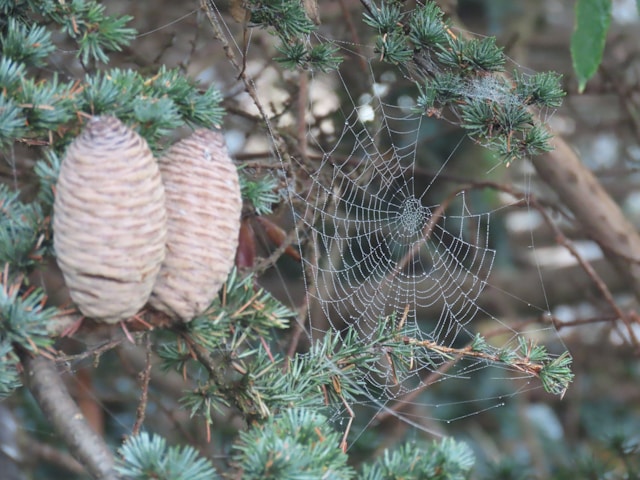
Seasonal Habits & Life Cycle
Most spiders go through similar stages: egg → spiderling → adult.
Here’s what happens across seasons:
- Spring: Baby spiders emerge (“ballooning” away on silk threads).
- Summer: Lots of growing up and mating season!
- Autumn: Adults lay eggs before winter; you might spot bigger spiders searching for mates.
- Winter: Many either die off after laying eggs or hunker down somewhere safe until spring.
But honestly, it varies depending on where you live and what kind of spider you’re looking at!
Why We Need Spiders
Let’s be real, spiders don’t get enough credit. Their biggest job? Pest control.
How Spiders Help Us Out
Every time a spider eats a fly or mosquito that’s one less bug bugging us! Globally, it adds up to hundreds of millions of tons of insects eaten by spiders every year. That means fewer pests in our homes and gardens without needing chemical sprays.
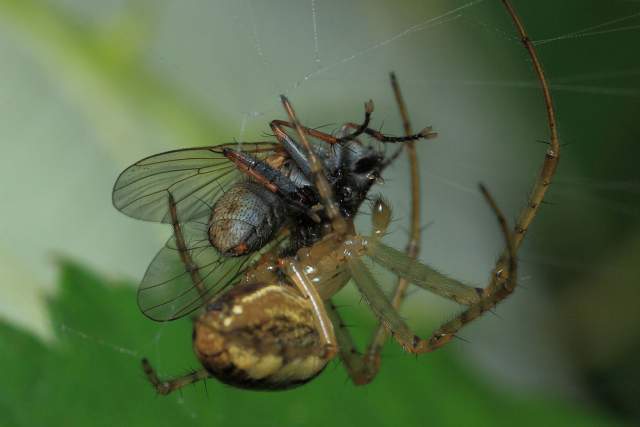
Becoming A Spider Fan: Tips For Safe Observation & Support
Want to appreciate these creatures up close or maybe just coexist peacefully?
Watching Spiders at Home
If there’s a spider inside and you’d rather not share space, no worries! Use the old cup-and-paper trick to gently scoop it up and set it free outside. Remember, they’re probably more scared of you than vice versa!
Making Your Garden Spider-Friendly
Thinking about inviting more natural pest controllers into your yard?
- Plant native flowers/greenery
- Leave some rocks or woodpiles for hiding spots
- Skip harsh pesticides
- Maybe add a shallow dish of water during dry spells
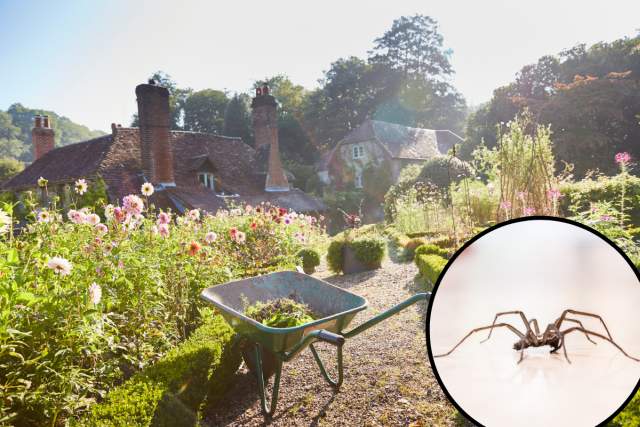
You’ll support not just spiders but lots of local wildlife!
Busting Spider Myths: Facts vs Fiction
Let’s clear up some common rumors:
- You swallow eight spiders per year while sleeping. Nope! Your breathing/snores scare them off.
- All spiders want to bite. Actually, they prefer running away unless trapped!
- Daddy longlegs are super venomous. Not true, they aren’t even real spiders if we’re talking harvestmen; cellar spiders do have venom but it won’t hurt humans.
- Big hairy = tarantula. There are plenty of large hairy wolf spiders too!
Want To Learn More?
If this sparked your interest:
- Check university websites or museum resources
- Grab regional field guides
- Visit nature centers for workshops/walks
- Join online groups full of fellow spider fans!
There’s always something new to discover about these critters.
A Fresh Perspective On Our Eight-Legged Neighbors
Spiders aren’t just creepy crawlies, they’re skilled builders, hunters, survivors…and essential parts of our ecosystem. Next time you spot one weaving its web or darting across your wall, maybe pause for a second look. Who knows, you might find yourself fascinated instead of freaked out! Got any wild spider stories? I’d love to hear them!
